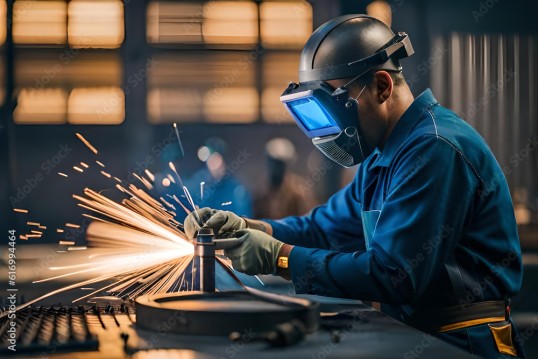- Artificial Intelligence (AI)
- Occupational exposure limit values
- Climate Change and Occupational Safety
- List of CMR substances
- Electromagnetic fields
- Ergonomics
- Industrial Security
- Collaborative robots
- Noise
- Nanoparticles at the workplace
- Optical Radiation
- REACH
- Reference materials
- Proficiency testing
- Vibration
- Virtual reality
- Work 4.0
Measures for protection against artificial incoherent optical radiation

Source: Luci - stock.adobe.com
The measures for protection against hazards presented by artificial optical radiation follow the STOP principle, a hierarchy of measures widely used in occupational safety and health. However, an intelligent combination of different measures may often be the most efficient solution.
The risk assessment must also give consideration to protective measures against indirect effects. Such measures include, for example:
- Technical or organizational measures to prevent, as far as possible, direct viewing of the source and thus any temporary glare
- Prevention of ignition of flammable substances or explosive atmospheres
- Measures for protection against hazardous substances resulting from interaction between the incoherent optical radiation and the environment, or from the materials being processed